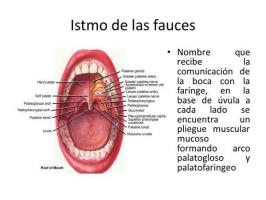Chromosomal theory of Mendel's inheritance
In this video of Genetics I will explain what the Mendel's chromosome theory of inheritance.
Gregory Mendel (1822-1884) was an Austrian monk who described the Laws of Mnedel from the work he did with peas.
Mendel did his studies that led him to the conclusion that there were heritable genetic factors in peas such as color and texture.
Sutton Y Boneri later from Mendel's theory they said the following:
- that these heritable factors were found on the chromosomes and called them genes.
- that each individual receives two chromosomes of the same type (one from the father and one from the mother). They named these pairs of chromosomes homologous chromosomes.
- they differentiated the sex chromosomes from the other chromosomes. They determined that par 1 through 22 were the autosomal chromosomes and the x and y were the sex chromosomes or the heterochromosomes.
This was the beginning of Mendel's chromosome theory. But until 1902-1906 thanks to Morgan Y Bridges this was not completed chromosome inheritance theory.
I explain this much better in the video so if you want to delve into this theory I recommend you watch it.Also, if you want to check that you have understood what was explained in today's lesson, you can do the printable exercises with their solutionsI know that I have left you on the web. Happy studying!



